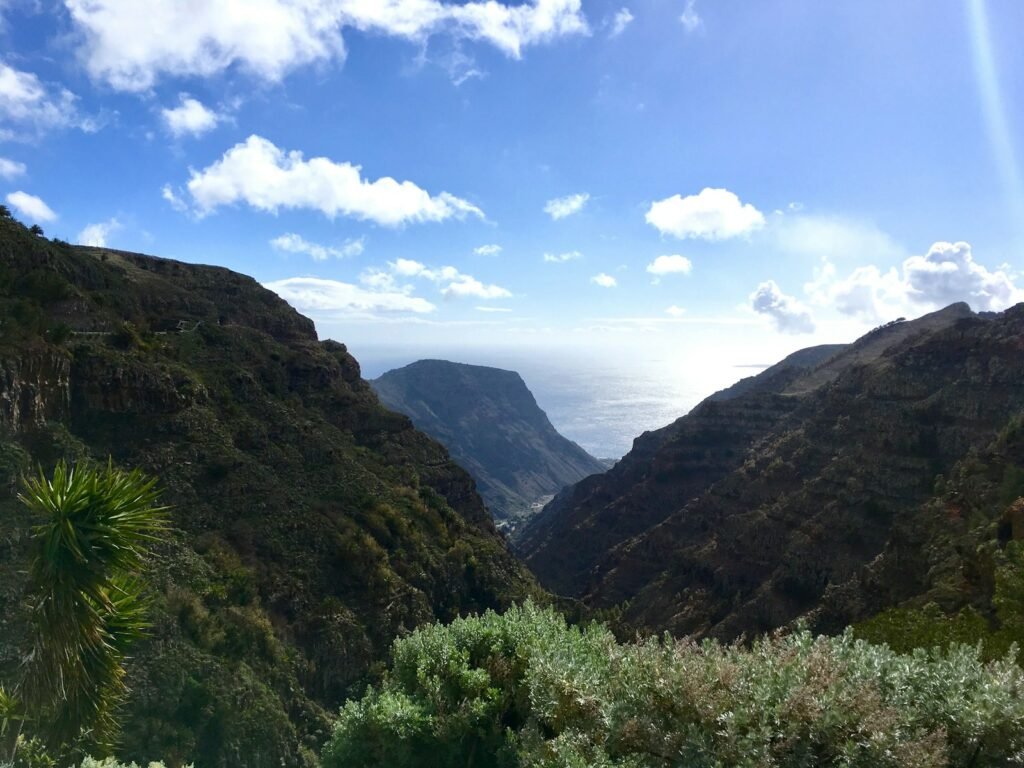The Sierra Nevada, once a tranquil stretch of towering pines and snow-capped peaks, is now a stage for a new kind of drama—one where fire is the main character and animals are forced to rewrite their own survival scripts. Imagine a deer darting through a smoldering forest, or a bird singing a different tune in the smoky dawn. Wildfires, once rare, are now a constant threat, reshaping the rhythms of life for countless creatures. But what if these fires are doing more than just destroying? What if they are sparking an extraordinary wave of adaptation and innovation among the wildlife? This is the surprising story of how relentless flames may be forging new animal behaviors in the Sierra Nevada, revealing an astonishing resilience that inspires awe—and concern.
The Rising Inferno: Wildfires in the Sierra Nevada
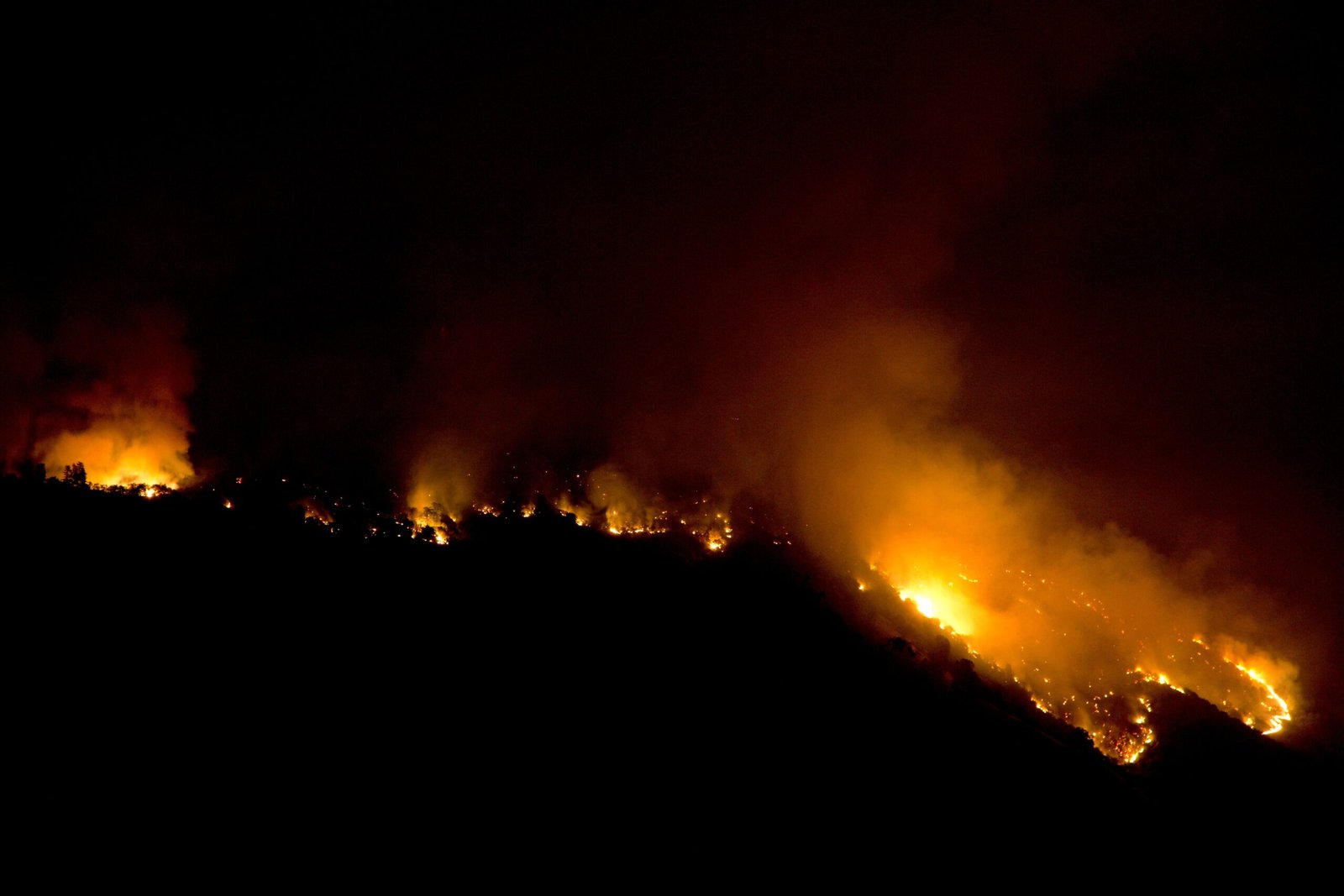
Over the past decade, wildfires in the Sierra Nevada have grown not only in number but in intensity. These roaring blazes can sweep through thousands of acres in days, leaving behind a patchwork of ash and blackened trunks. Scientists point to climate change, longer droughts, and denser forests as key culprits, all combining to make the region more flammable than ever. Animals that once counted on gentle, predictable seasons now face a relentless cycle of fire and regrowth. The frequency of these fires means ecosystems barely get a chance to recover before another blaze arrives. With so much at stake, every creature must adapt—or risk disappearing forever.
Forced Migration: Animals on the Move
When flames consume the land, animals are thrust into chaos. Many species, from bears to bobcats, are being observed moving into new territories outside their traditional ranges. This mass movement is more than just an escape; it’s a desperate search for food, shelter, and safety. These migrations can lead to unexpected encounters between species, sometimes resulting in conflict, but also new alliances. Deer are venturing into urban areas, while small mammals like chipmunks are scaling higher elevations than ever before. The Sierra Nevada is becoming a living laboratory, showing us how quickly animals can change their habits when pushed to the brink.
Nocturnal Shifts: Embracing the Night
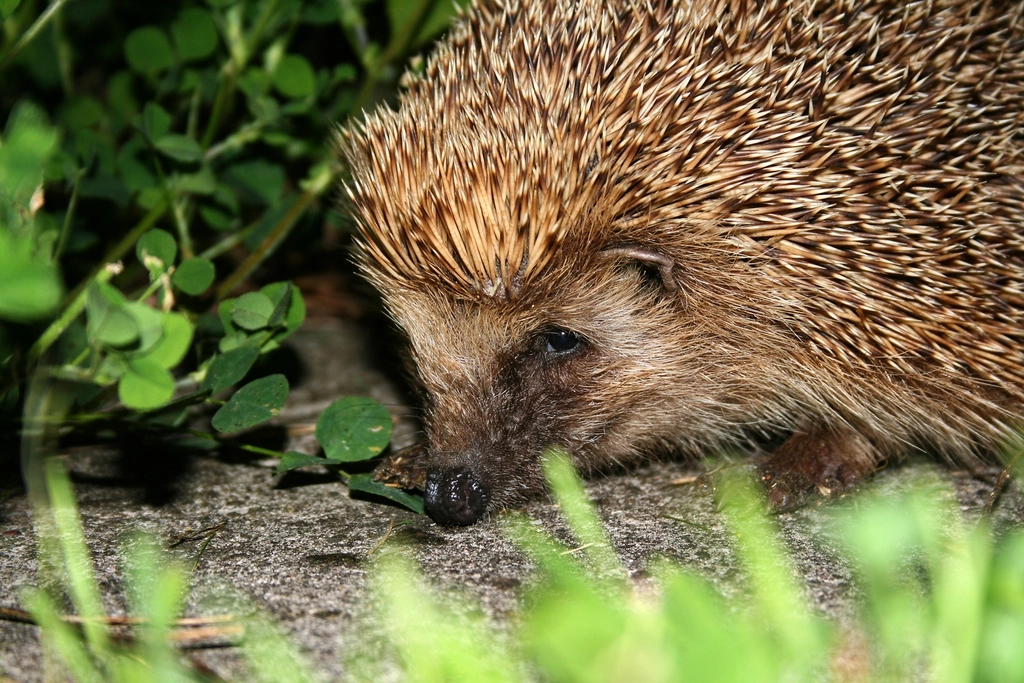
As wildfires rage during the heat of the day, many animals in the Sierra Nevada are shifting their activities to the cooler, safer hours of night. This sudden embrace of nocturnality is a remarkable example of behavioral flexibility. Coyotes, raccoons, and even some birds are now becoming more active after dusk, avoiding both the flames and the dangerous heat. This change not only helps them survive fires but also reduces the risk of dehydration and predation. Over time, these night-time habits could become ingrained, leading to a new generation of creatures more attuned to the twilight.
New Diets: Eating What Survives
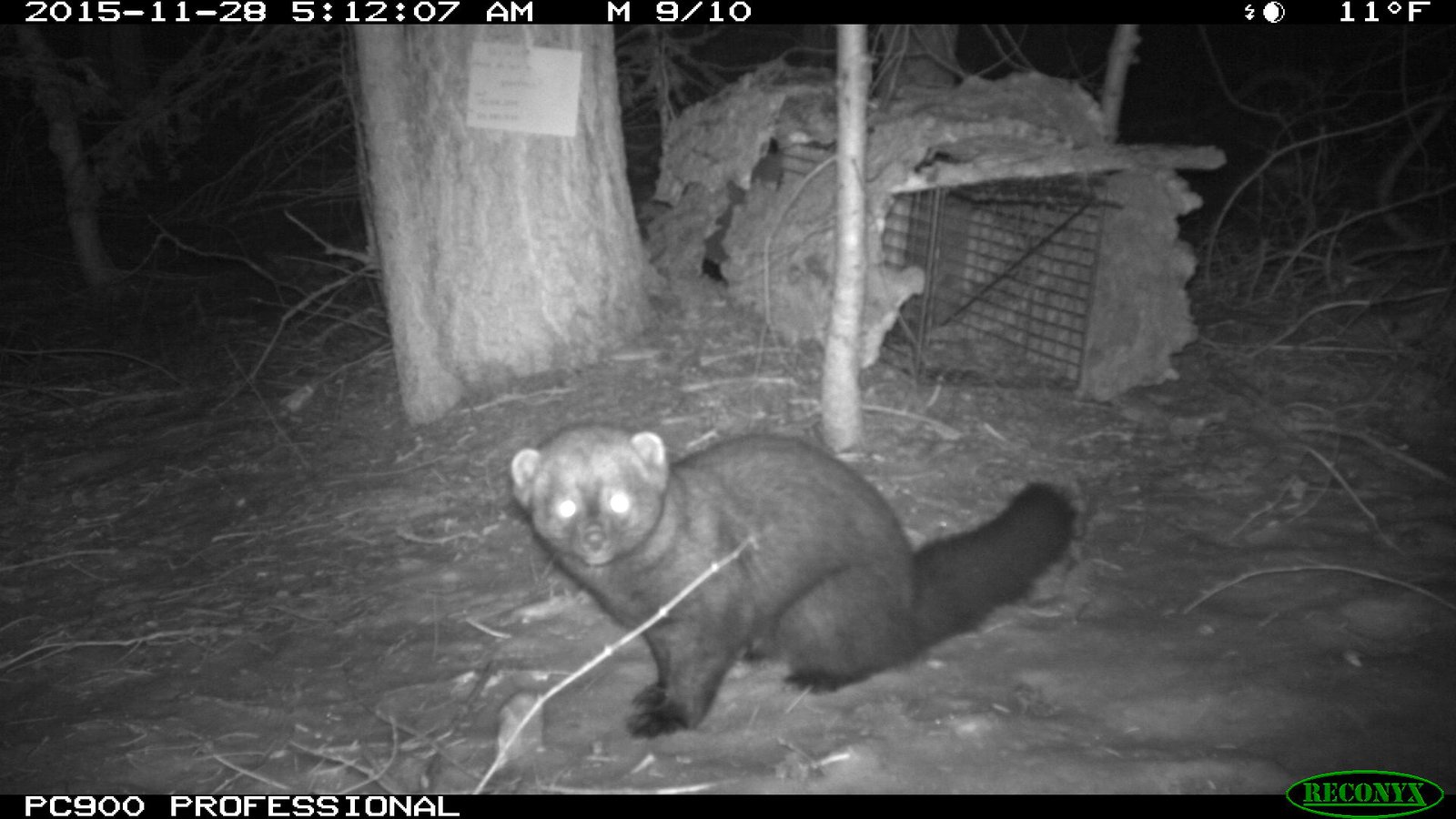
With their usual food sources scorched away, Sierra Nevada animals are forced to get creative at the dinner table. Bears are expanding their palates, scavenging for insects and charred seeds left in the wake of fire. Birds like woodpeckers are feasting on beetle larvae that infest burned trees. Some rodents are even learning to eat hardy, fire-resistant plants that once went untouched. This dietary flexibility is a testament to the resilience and ingenuity of wildlife facing extreme adversity. These new eating habits can alter entire food webs, affecting the balance of the ecosystem in surprising ways.
Ingenious Shelter: Finding Safety in the Ashes

When their homes are destroyed, animals must find new ways to protect themselves. Some, like foxes and rabbits, are burrowing deeper underground to escape the heat. Others are taking shelter in fallen logs or rock crevices that survived the blaze. Birds are rapidly constructing nests in the remaining trees, sometimes using bits of charred material for camouflage. These creative solutions show how quickly animals can respond to disaster, often using the very remnants of destruction to rebuild their lives. The ability to find or make shelter in such harsh conditions is becoming an essential survival skill.
Changing Social Structures: From Solitary to Social

After a wildfire, the landscape can become a crowded place. Food and water sources are limited, pushing animals closer together than ever before. This forced proximity is giving rise to surprising social behaviors among typically solitary creatures. Some species of deer and rabbits are forming larger groups for protection. Even predators like mountain lions are showing unusual tolerance for each other, sharing space and resources. These temporary alliances may not last forever, but they highlight how emergencies can foster cooperation in the most unlikely of circumstances.
Redefining Territory: Marking New Boundaries

With familiar landmarks burned away, animals must establish new territories in a world that looks and smells completely different. Scent marking, once a reliable way to claim ground, becomes challenging when every surface is covered in ash. This confusion can lead to overlapping territories, increased competition, and sometimes intense confrontations. However, it also opens the door for new territory-sharing arrangements, especially among less aggressive species. The Sierra Nevada is witnessing a reshuffling of boundaries, with animals rewriting the rules of coexistence on the fly.
Learning from Fire: Behavioral Inheritance
One of the most fascinating developments is the way young animals are learning from their fire-experienced elders. Mothers teach their offspring to recognize the signs of an approaching fire, where to hide, and what to eat when resources are scarce. These lessons, passed down through generations, build a kind of cultural memory that can help entire species adapt more quickly to changing conditions. Over time, these behaviors can become instinctual, making future generations better equipped to survive in a fire-prone world.
Communication in Crisis: New Warning Signals
Wildfires are forcing animals to develop new ways to warn each other of danger. Birds are altering their calls to be heard over the crackling of flames. Squirrels and other small mammals use rapid tail flicks and vocal alarms to alert their kin. Some species are even adopting new postures or scents to signal distress. This evolution of communication is a powerful reminder of how adversity can drive innovation, helping animals respond to threats with greater speed and coordination.
The Unseen Consequences: Predator and Prey Dynamics
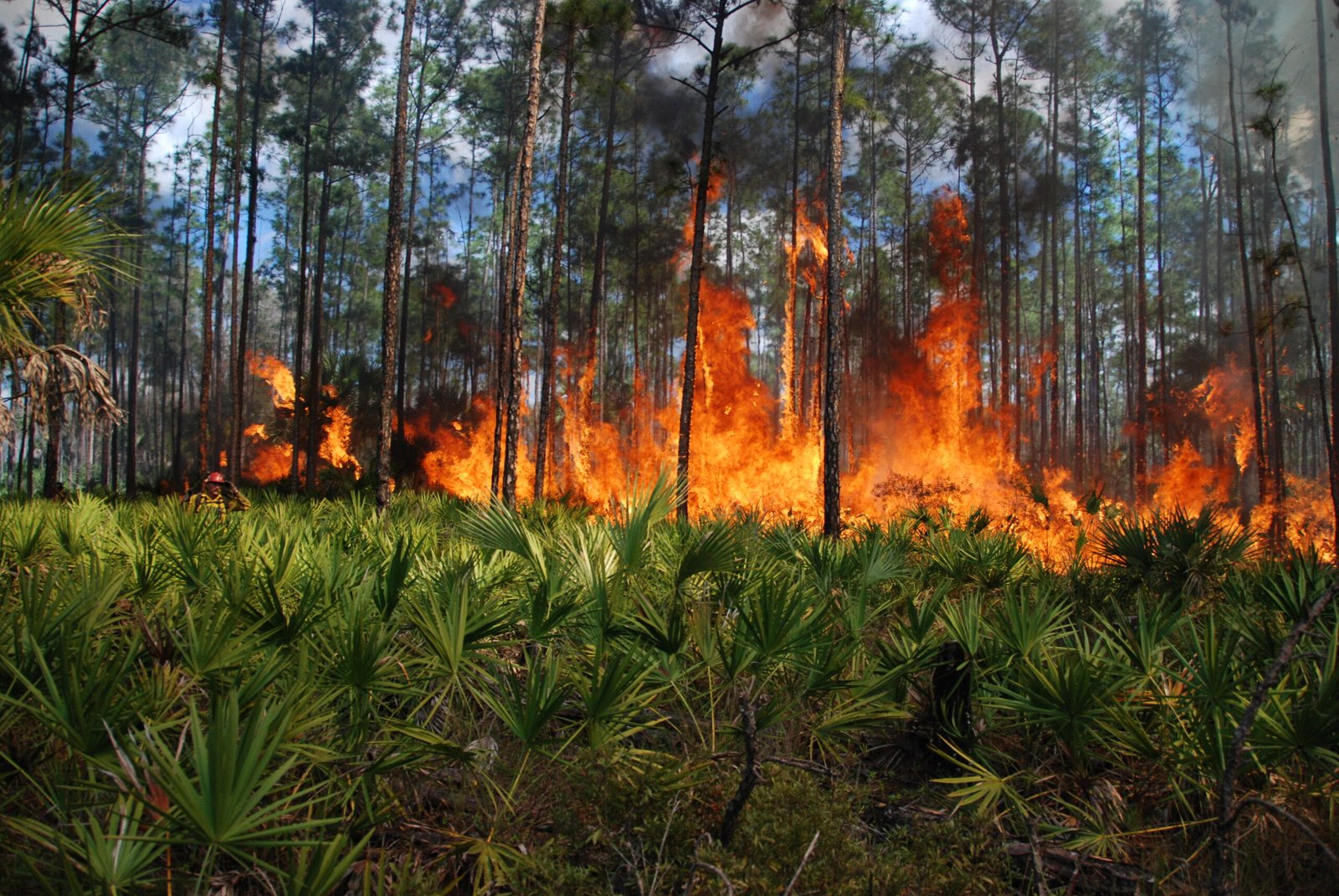
As fires change the landscape, they also disrupt the delicate balance between predators and prey. Open, burned areas can make it harder for small animals to hide, giving predators the upper hand. However, with fewer hiding spots and less food, predators may also struggle to find enough to eat. This shifting dynamic can lead to population booms and busts, altering the entire ecosystem. Observers have noticed that some predators, like hawks and coyotes, are experimenting with new hunting techniques—another sign of just how adaptable wildlife can be under pressure.
A Living Testament to Resilience
The story unfolding in the Sierra Nevada is both heartbreaking and awe-inspiring. Wildfires are forcing animals to adapt in ways no one could have predicted, driving the emergence of new behaviors that may forever change the region’s wildlife. These changes are a testament to the resilience and resourcefulness of nature—a reminder that even in the face of disaster, life finds a way to persist. The next time you hear about a wildfire, consider the hidden stories of survival and adaptation happening in its wake. What new behaviors will tomorrow’s animals invent to thrive in a world forever changed by fire?



